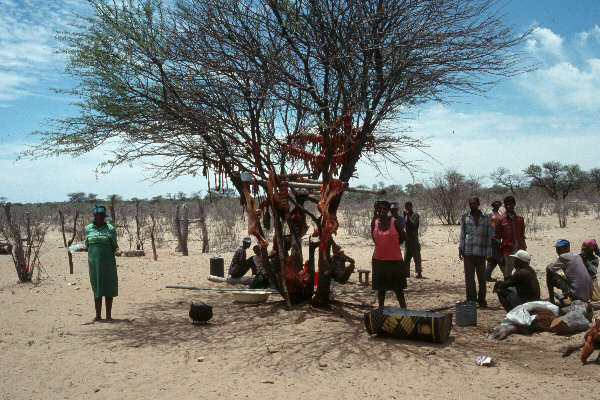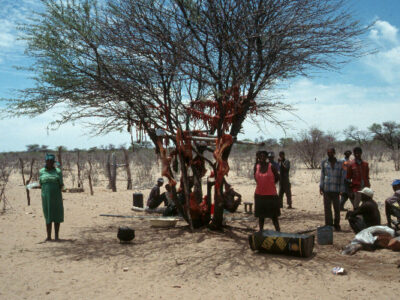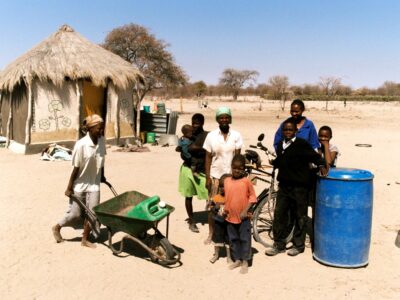This project employed dynamic systems modelling approaches to understand the pathways by which Kalahar pastoral communities became vulnerable to drought. Specifically, we evaluate how external pressures have changed: (1) different agroecosystems’ abilities to tolerate drought, i.e., ecosystem resilience; (2) rural communities’ abilities to adapt to drought, mediated via their access to assets; and (3) the ability of institutions and policy interventions to play a role in mediating drought-related crises, i.e., socio-political governance.
The Government of Botswana’s 2011 review of the National Agricultural Policy formally recognised the potential for greater community empowerment in rangeland monitoring and management initiatives. Rangeland management guides were produced for 3 study sites & used in project extension advice.
The scenarios were made in: 2009
The scenarios look out to: 1990 - 2050


